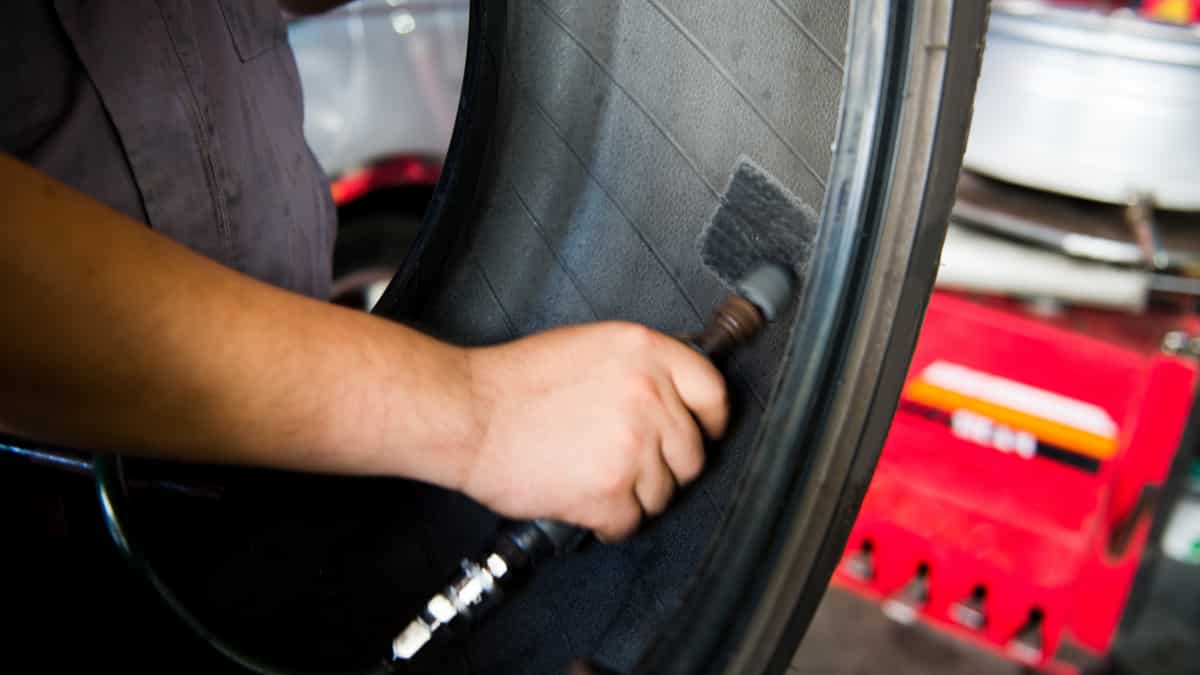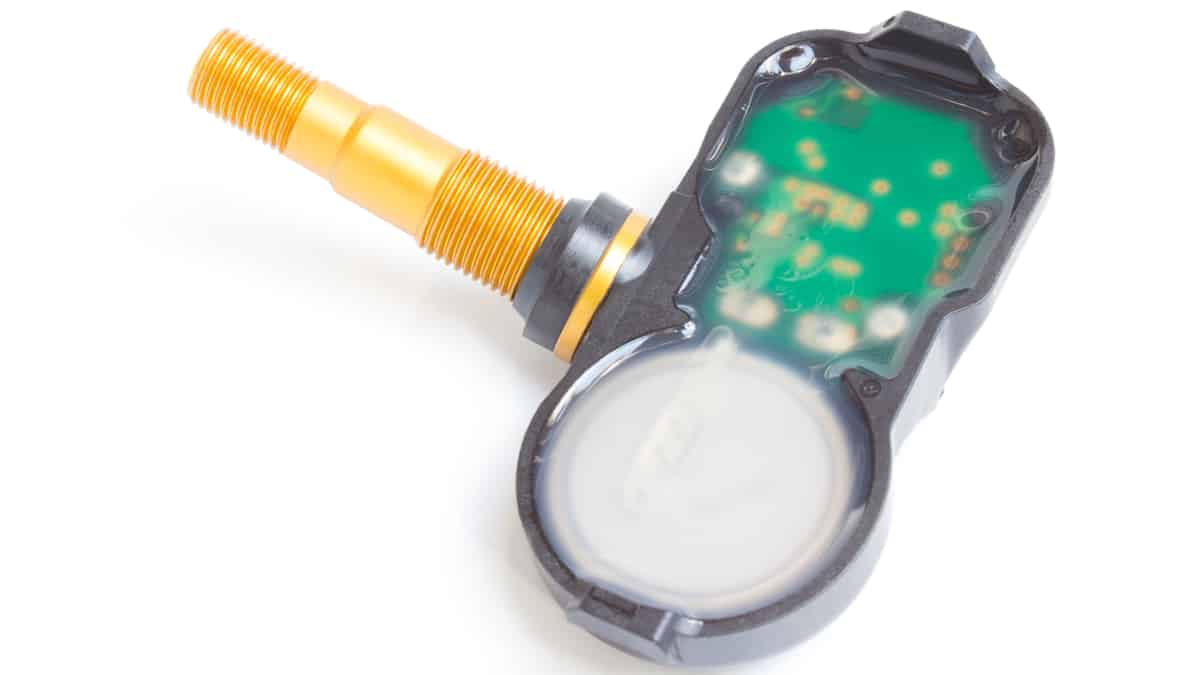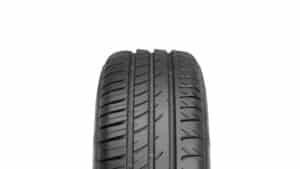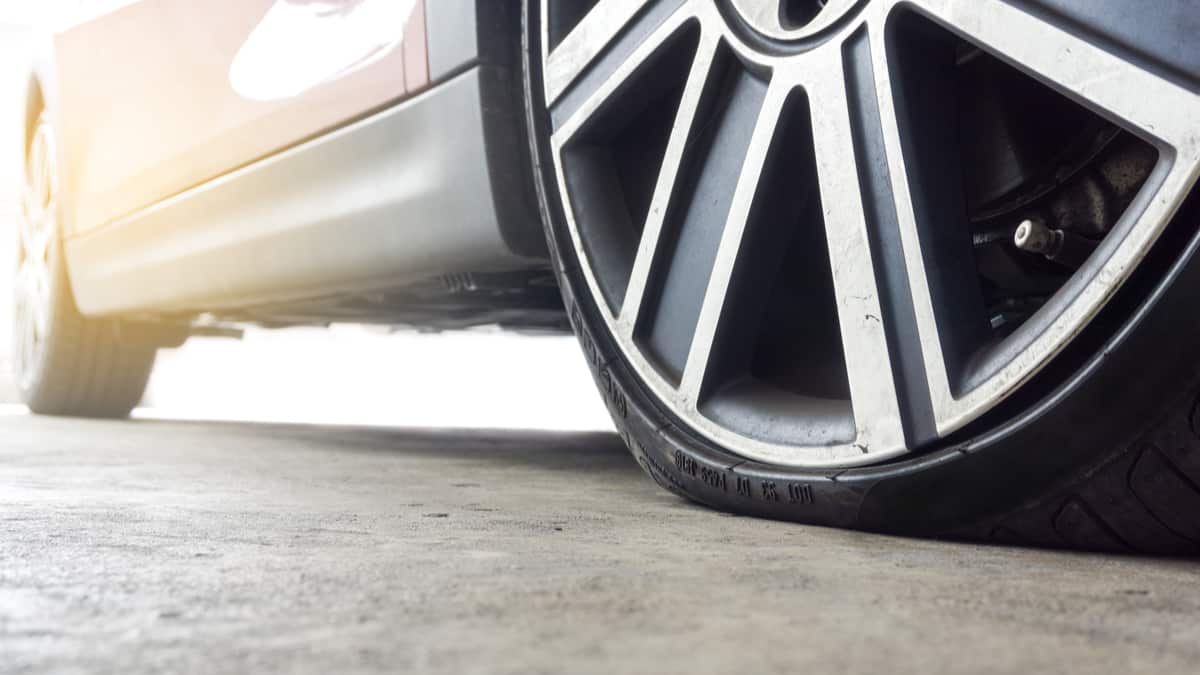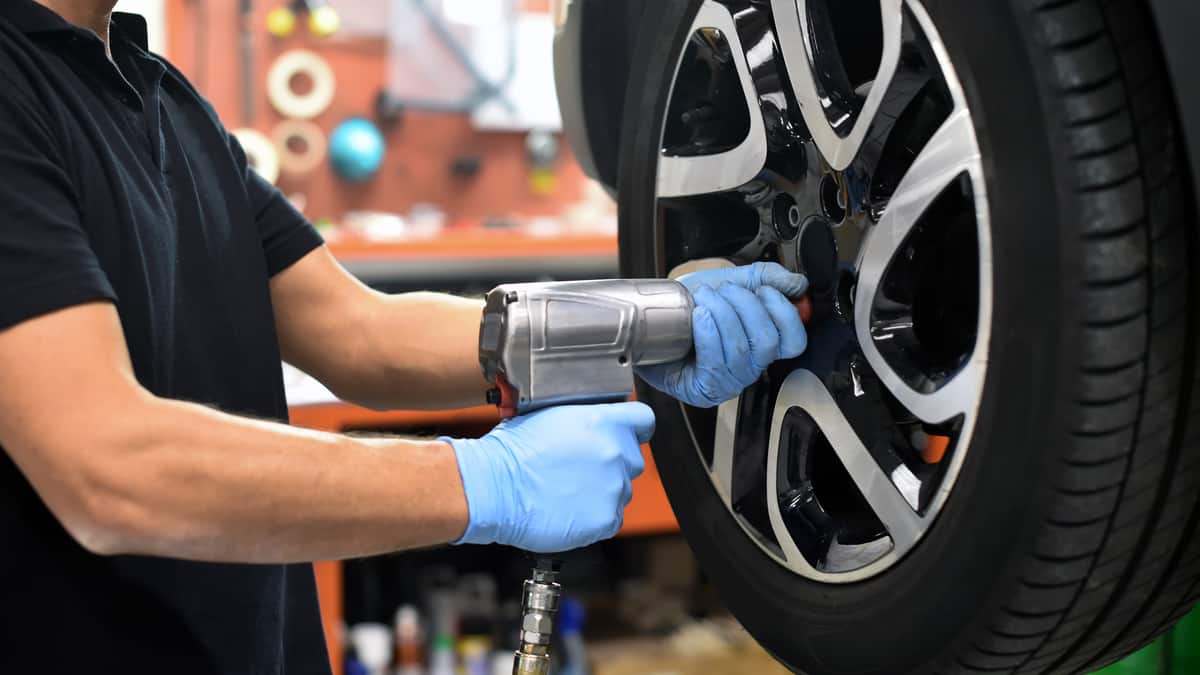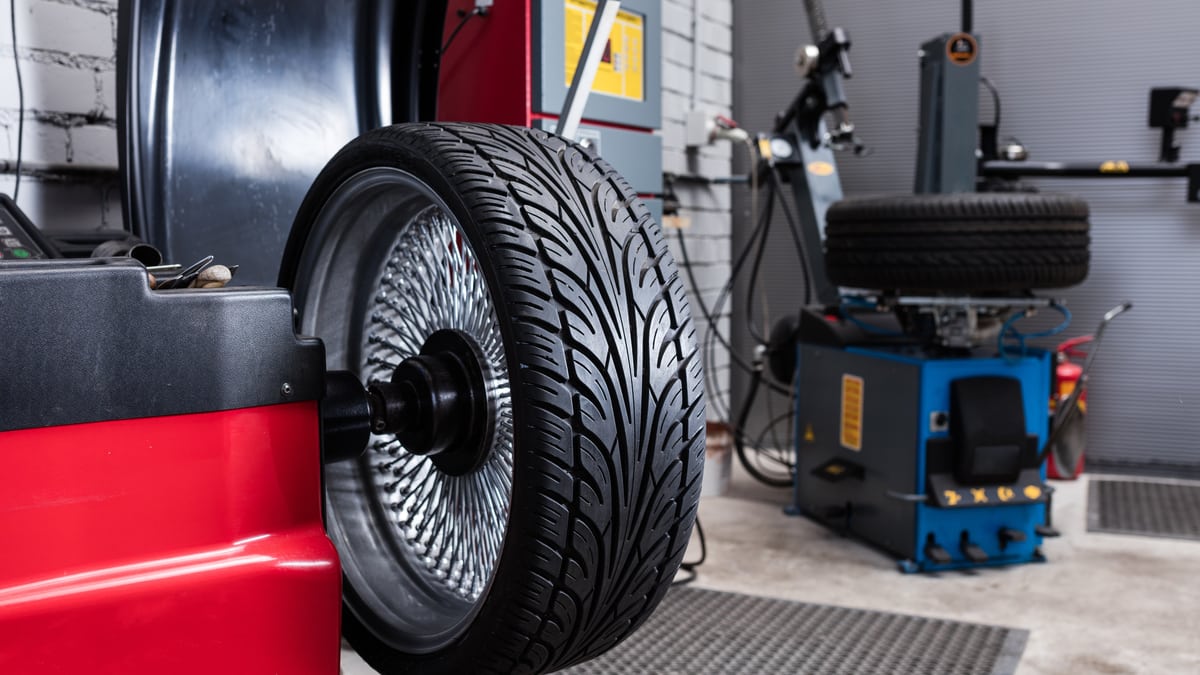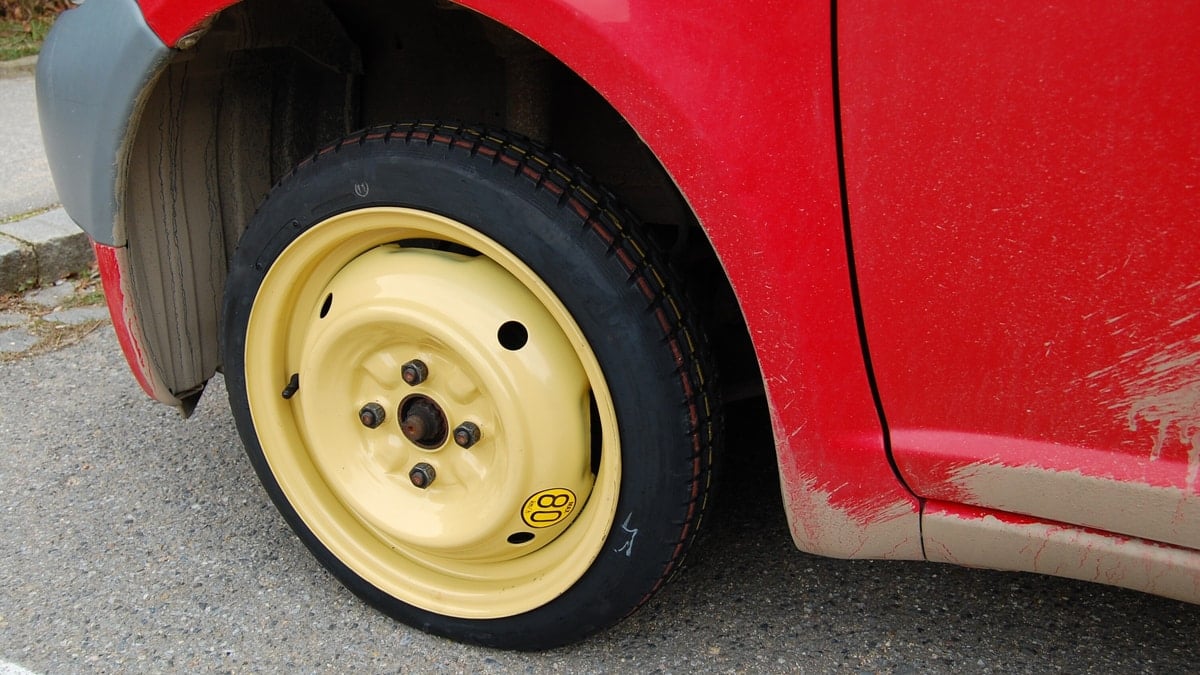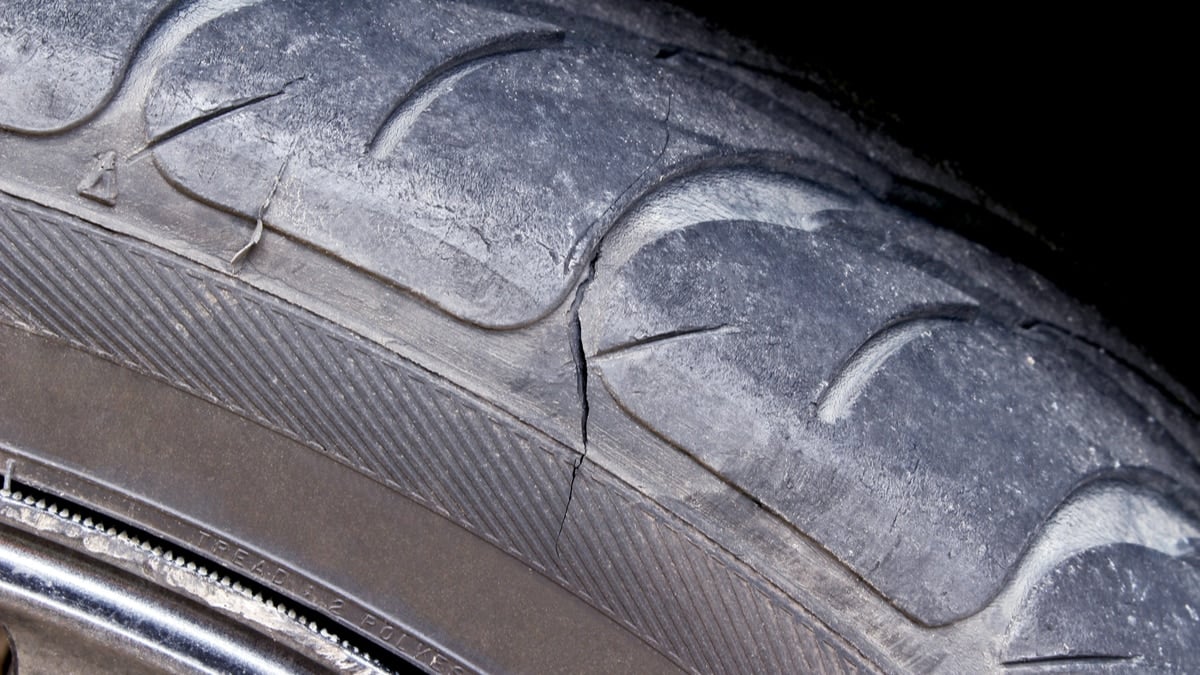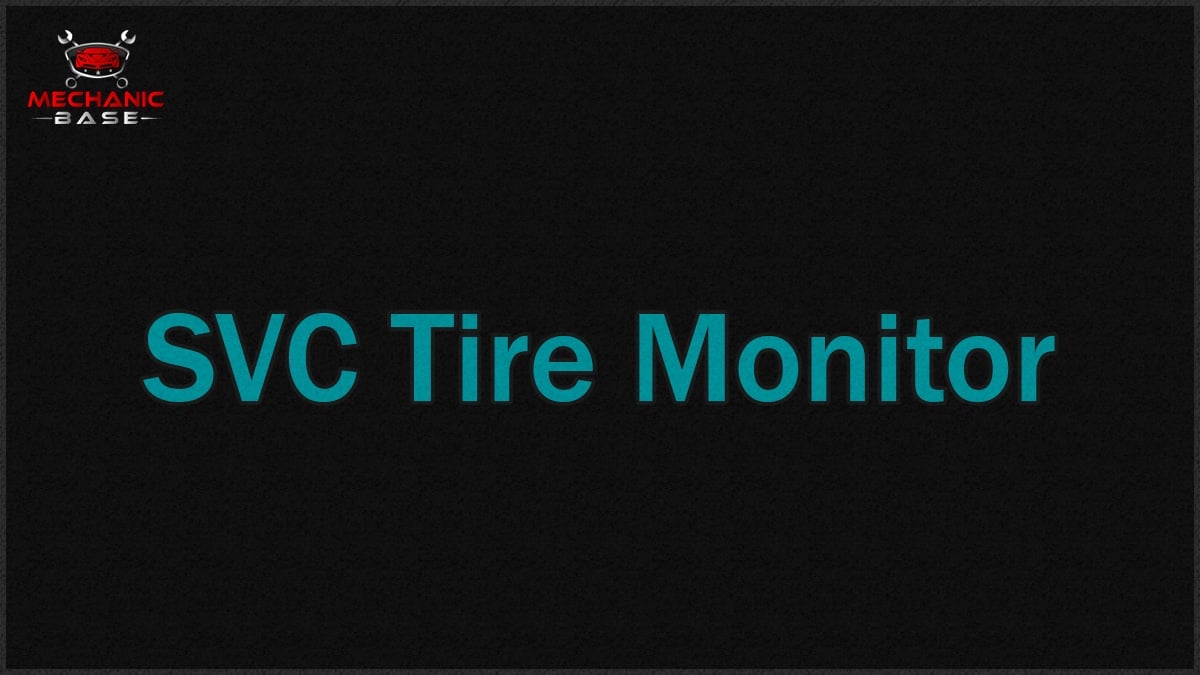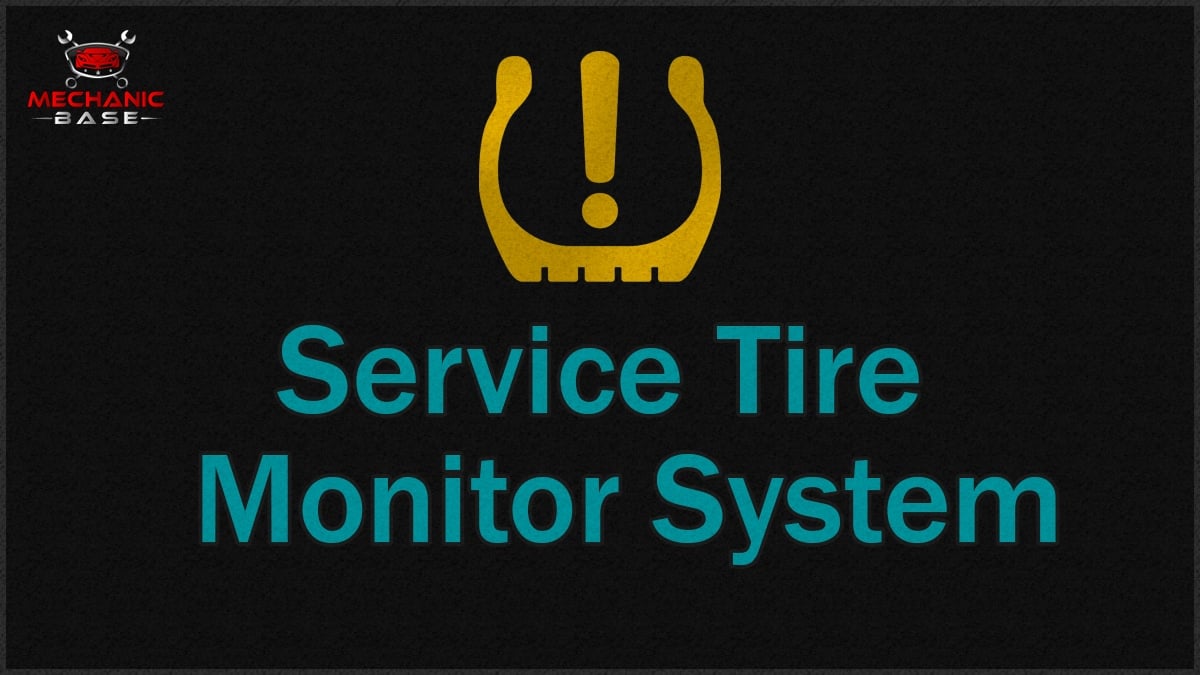It’s a big pain to sit on the side of the road with a flat tire. Once you get the spare on, you want to head right to the local tire shop and see if a patch will resolve your issue. How much does it cost to get a tire patched, and is it better than using a tire plug?
In this guide, I evaluate the approximate cost of a tire patch. I also look at all your tire repair options, so you can make the best decision for your circumstances.
How Much Does A Tire Patch Cost?
On average, it will cost you between $30 and $60 to patch a tire. The cost depends on how large the puncture is and where you live. Some parts of the country have higher labor rates than others. If you do the tire patch yourself, you can save money, but you need special tools.
To keep the tire repair cost to a minimum, don’t drive on a flat tire. If you drive on it, a patch might not be possible, leading to a tire replacement instead.
It will take the average mechanic about 15 to 20 minutes to patch your tire, and if you choose to plug it, you can expect it to take a maximum of 5 minutes. Therefore, it is much easier to fix the tire before it is too late.
Is Patching a Tire Safe?
Under the right conditions, it’s completely safe to drive on a patched tire. In fact, this method is the chosen repair in most situations.
However, if you drive aggressively or regularly go over the speed limit, you might prefer replacing the tire instead. For the cost, it might not be worth putting your safety at risk.
Tire Patch vs. Plug
How do you choose between the tire patch and the plug? The chosen method of repair in many states now is to plug it and patch it. This repair offers a dual-layer of protection according to the law in many states by the U.S. Tire Manufacturers Association (USTMA) and Tire Industry Association (TIA).
If the tire has a small puncture that’s completely round, you might be able to plug it, if it’s legal in your state or country. This repair is often slightly cheaper than a patch, because you don’t have to remove the tire to do it. However, neither of the repairs can be done near another repair or if the damage is located near the tire’s sidewall.
READ MORE: Are Tire Plugs or Tire Patches Better?
How Long Does a Tire Patch Last?
The professional patch should keep the tire running for its normal life. If the tire has many more years on it, you can expect it to last for the full duration of that timeframe.
However, if the tire is getting worn and is soon ready to be replaced, you might prefer to do this now instead of patching it. After all, it won’t make sense to spend money on a patch if you are going to buy new tires in a few months anyway.
What To Do if You Have a Flat Tire
1. Act Promptly
As soon as you realize that the tire is flat, you want to take action. Find a safe place to stop and pull off of the road.
You shouldn’t drive on a flat tire, or more damage could occur. Once you find a safe place to park, turn on your hazard lights, so other drivers know you are there.
2. Put on a Spare
If you have a spare tire, now is the time to put it on. Remember to drive slowly and carefully on the spare tire.
If the vehicle doesn’t contain a spare or a tire puncture kit, you will need to call for roadside assistance. In most cases, you will need to have the vehicle towed, unless you can get the tire repaired and bring it back.
Some car manufacturers use a tire puncture kit and a pump, with tire sealant instead of a spare tire. While using this sealant to seal small punctures may sound like a great idea, I know from experience how hated these sealants are, because they make a mess inside the tire. The tire repair then takes much longer and is harder to do.
3. Visit Local Tire Shop
Unless you have the equipment to dismount a tire, you will need to visit a tire shop. To ensure optimal on-road safety, it’s best to have a professional put the tire patch on.
If the puncture is small, you might also consider putting a plug in the hole. This can be done at home with the right skills and materials.
How to Patch a Tire
1. Find the Leak
Finding the leak might not be difficult, especially if a nail or screw is sticking through the tread. However, if you can’t find the leak, you need to perform a soapy water test.
Simply mix some dish soap with water in a spray bottle. Inflate the tire and start spraying the solution over the tire until you see bubbles forming in one spot. This indicates the area where the leak is.
2. Dismount the Tire
With your tire removed from the vehicle, you need to take it off of the rim if you are about to patch it. Carefully remove the valve stem core with a special removal tool. All of the tire pressure will be released.
With a tire spoon and hammer, break the bead between the rim and tire. This must be done on both sides before the tire will come off of the rim. If you use a tire plug, you don’t need to remove the tire at all, but be sure to check the relevant laws in your state before proceeding.
3. Apply the Patch
With an air die grinder or sandpaper, clean the hole from the inside. You want all of the sides roughed up and clean, so there can be a secure bond. Spray the area with compressed air to remove any debris left behind.
Add vulcanizing cement to the inner tire surface that was buffed. This cement keeps the water from infiltrating the hole. Leave it to sit until the cement becomes tacky. Take off the sticky plastic side of the patch. This is the side that you want to contact the inner part of the tire.
Put the sticky part of the tire patch over the hole. This step ensures that sticky material secures itself to the tire’s inner surface.
With a roller, you can further secure the patch. The roller takes out any air bubbles that might have become trapped. Allow the patch to dry completely before moving on.
4. Reinstall the Tire
Use dish soap to lubricate the tire bead. Slide the tire over the rim with the help of the tire spoons. Replace the valve stem core with a new one. Fill up the tire with the amount of pressure listed on the driver’s side door jamb.
You can spray the patched area with dish soap and water again to ensure there’s no leak. Slide the wheel back onto the car and install the lug nuts. You are ready to hit the road.
